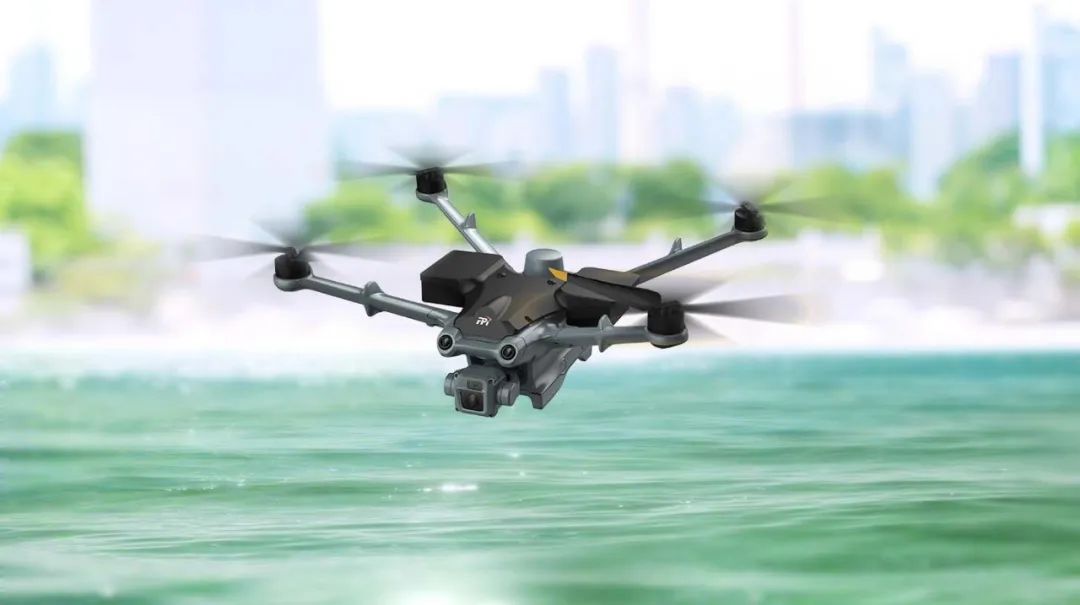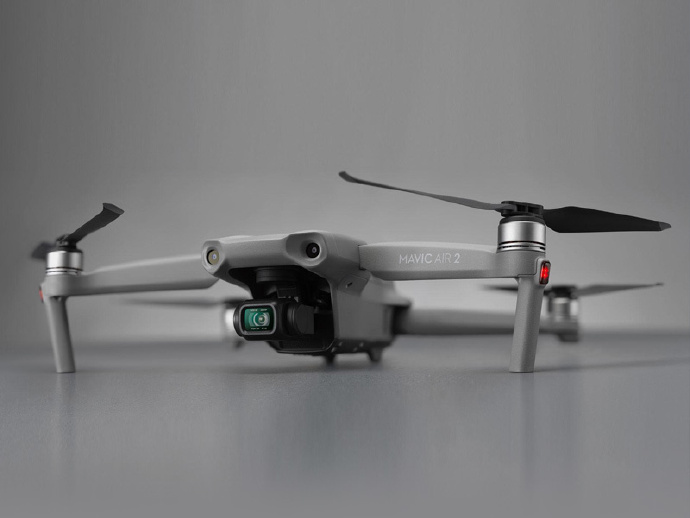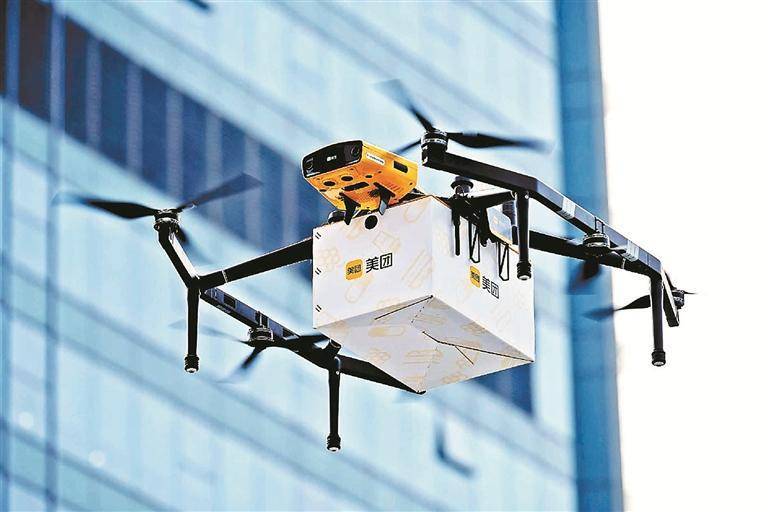In recent years, the landscape of warfare has changed dramatically with the rise of drone technology, often referred to as “drone wars.” This shift in combat strategies has introduced a new era of unmanned aerial vehicles (UAVs) playing a pivotal role in military operations. Drone wars symbolize a transformative phase in aerial combat, pushing the boundaries of conventional warfare and introducing innovative technologies that are setting new precedents.
The development of drones has been rapid, driven by advancements in technology and strategic military demands. Drones now can perform a myriad of tasks, from reconnaissance and surveillance to engaging in combat missions. Their ability to operate unmanned, with precision and at reduced risk to human life, makes them invaluable assets in modern warfare.
Evolution of Drone Technology
The evolution of drone technology has been marked by significant improvements in autonomy, range, and payload capacity. Modern drones are no longer just remotely piloted aircraft; they incorporate sophisticated AI systems, allowing them to perform complex tasks autonomously or semi-autonomously. These advancements enhance strategic and tactical operations, providing ground forces with critical real-time data while reducing the response time. Moreover, the ability to equip drones with diverse sensors and weaponry has expanded their functionality in the theater of war.
and tactical operations, providing ground forces with critical real-time data while reducing the response time. Moreover, the ability to equip drones with diverse sensors and weaponry has expanded their functionality in the theater of war.
Impact on Military Strategy
The integration of drones into military arsenals has shifted strategic paradigms significantly. Drone wars allow military commanders to deploy these unmanned systems in hostile environments without risking pilot lives, which can lead to more aggressive tactics and operations. Additionally, drones offer the advantage of persistent presence over conflict zones, providing essential intelligence and, when necessary, targeted strikes with pinpoint accuracy. This persistent presence challenges traditional air superiority, a cornerstone of 20th-century warfare strategies, and repurposes it for the drone age.
Future Possibilities of Drone Warfare
Looking ahead, the future of drone wars will likely involve even more sophisticated technologies. The next generation of drones is expected to be more autonomous, with capabilities including swarming, where multiple drones operate in concert to achieve mission objectives. These systems could revolutionize aerial combat, potentially overwhelming traditional defenses with sheer numbers and coordinated tactics. Another aspect of future drone development will be enhanced stealth technologies, making UAVs harder to detect and neutralize by adversaries.
One cannot ignore the ethical and legal implications that the proliferation of drones in warfare presents. Questions about accountability, the legality of autonomous kill decisions, and collateral damage have become more pronounced with the increased use of drones in combat. It will be crucial for international bodies to establish rules and frameworks to govern the use of these potent weapons responsibly, balancing military effectiveness with ethical considerations.
Challenges and Considerations
As with any rapidly evolving technology, the integration of drones into warfare is not without challenges. The threat of drone technology falling into the hands of rogue states or terrorist organizations is a significant concern. These groups could potentially use drones for nefarious purposes, from targeted attacks to disrupting civil infrastructure. Effective counter-drone measures and regulatory controls are vital to ensure these tools are utilized for legitimate purposes only. Furthermore, as drone technology continues to advance and proliferate, the demands on cybersecurity become more critical. Protecting unmanned systems from hacking and electronic warfare is essential to maintain their effectiveness and prevent them from being compromised by adversaries.
FAQ

- What are the advantages of using drones in warfare?

Drones offer several advantages: reduced risk to human life, cost-effectiveness, flexibility in mission profiles, and the capability to gather real-time intelligence over prolonged periods. - Can drones completely replace manned aircraft?
While drones have significantly impacted warfare strategies, completely replacing manned aircraft is unlikely in the near term. Manned aircraft still offer distinct advantages in certain scenarios, but drones will continue to complement military operations effectively. - What are the ethical concerns regarding drone warfare?
Ethical concerns include the potential for high collateral damage, accountability for autonomous actions, and the legalities of combat engagements conducted by machines. These issues necessitate robust international guidelines and discussions to ensure responsible use.
In closing, the era of drone wars indicates a shift in how conflicts are approached, requiring adaptations in military strategy, technology development, and ethical considerations. This new horizon promises both challenges and opportunities as the landscape of aerial combat continues to evolve.
